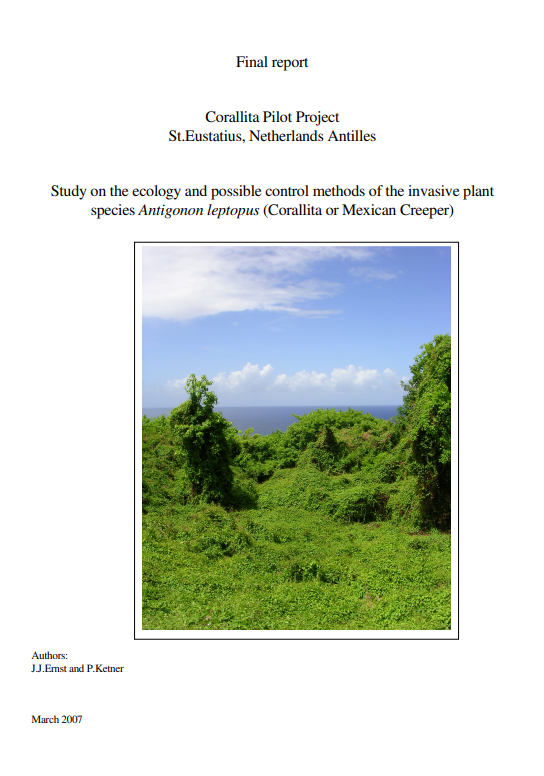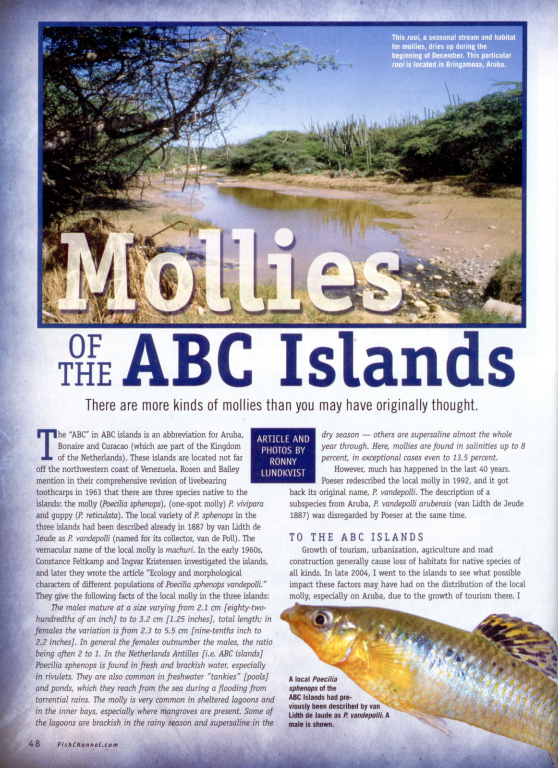Beach development in Oranjestad Bay, St. Eustatius

Sint Eustatius is a Caribbean island located in the north of the Lesser Antilles. The coastline west of the capital, Oranjestad Bay, is of vital importance to the island as it is here where tourism, recreation, the harbour and historical ruins are located. On the other hand, Oranjestad Bay has a heavily fluctuating beach, which is undesirable. The Public Entity of St. Eustatius is investigating the possibility of a coastal solution that could preserve and extend this beach. However, there is insufficient knowledge of the hydrodynamic processes and morphology available to design a solution. By analysing the morphological system, this study aims to advise the Public Entity of St. Eustatius on the decision for a coastal solution to create a beach in Oranjestad Bay.
A literature study was performed to obtain basic knowledge of the coastal system of Oranjestad Bay. A two-dimensional numerical Delft3D model was then developed to gain more in-depth knowledge of the wave, current and sediment patterns. The result of both findings is combined in a conceptual model, where the cause of the beach fluctuations along Oranjestad Bay was analysed. Based on the system knowledge and stakeholders’ demands and regulations, three alternatives to create a beach at Oranjestad Bay are proposed. The alternatives are qualitatively verified and evaluated with a multi-criteria analysis and cost-value ratio.
The literature review shows that Oranjestad Bay has the characteristics of a wave-dominated coast. The seasonal wave climate has a strong influence on the beach fluctuations that occur in Oranjestad Bay. The influence of tides and wind on sediment dynamics is expected to be minimal. The modelling study concluded that the wave climate can be described by three main wave conditions, namely a sea condition, a storm condition and a swell condition. The different hydrodynamic and morphodynamic characteristics of these conditions provide a reasonable simulation of the coastal processes in Oranjestad Bay. The model results give an impression of the seasonal wave climate and a net northward sediment transport capacity is found. These results are consistent with the expected coastal morphodynamics found in the literature study. The effect of a storm is less well represented in the modelling study. This limitation is caused by the modelling approach. In addition, there are some uncertainties in the model due to the lack of detailed coastal data in the nearshore. The conceptual model indicates that the coast of Oranjestad Bay may experience seasonal gradients
in alongshore sediment transport leading to beach fluctuations. From April to September, beaches are likely to erode due to net northward sediment transport. In addition, beaches erode due to periodic storm conditions that occur from June to November. It has been found that the recovery of beaches after a storm varies along Oranjestad Bay. Scubaqua beach recovers much faster than the beach at Smoke Alley. This is due to the larger sediment transport capacity in the alongshore direction at Smoke Alley beach, the amount of larger cobbles on the shoreline of Smoke Alley and the lack of sediment north of Smoke Alley...

